Rat Eradication on Nukufetau Atoll Bolsters Pacific Conservation and Enhances Community Resilience
Our projects to restore key islets in Nukufetau Atoll forecast climate resilience and community benefits in Tuvalu!
Restoring islands for nature and people worldwide.
Published on
July 10, 2023
Written by
Island Conservation
Photo credit
Island Conservation
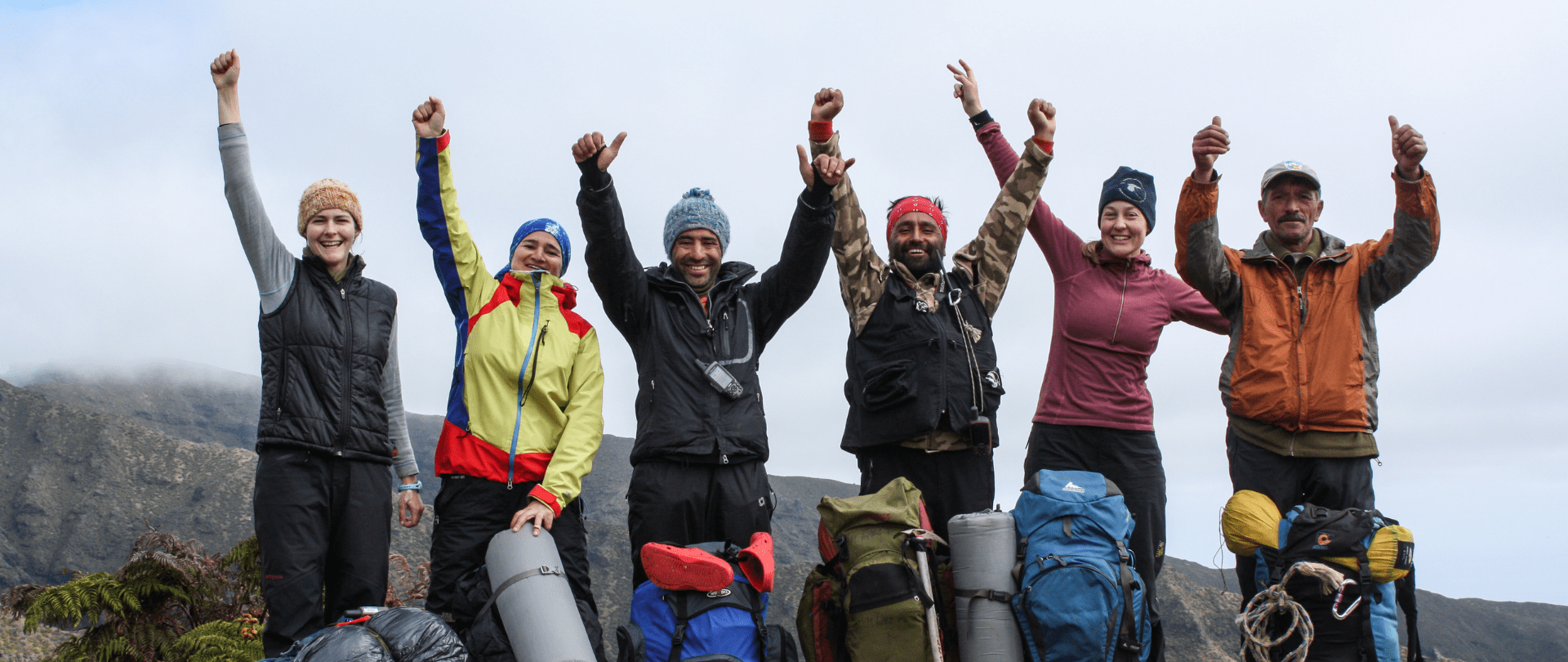
Islands are renowned for their unique ecosystems, captivating biodiversity, and vibrant communities. However, these isolated paradises often face an insidious threat that jeopardizes not only their natural heritage but also the well-being of their inhabitants: invasive species.
In this blog post, we explore the profound impacts invasive species have on island biodiversity, fragile ecosystems, and the very fabric of island communities. Understanding this threat is crucial as we strive to protect and preserve the invaluable treasures found on these remarkable islands.
Invasive species pose the primary threat to island biodiversity, driving species to extinction and forever altering fragile ecosystems. Islands often harbor a high number of endemic species—species found nowhere else on Earth—which have evolved in isolation, delicately interwoven with their environment. When invasive species are introduced, they disrupt this delicate balance, outcompeting native species for resources, consuming habitats, and ultimately leading to the decline or loss of unique island flora and fauna.
Island ecosystems are intricate webs of interdependencies, where each species plays a vital role. Invasive species upset this delicate equilibrium, causing a ripple effect of ecological disruption. The collapse of key species can trigger a cascade of negative consequences, such as the distribution of nutrients from the sea to the soil from seabirds, the loss of pollinators or disruptions to the food chain, ultimately leading to the degradation and potential collapse of the entire island-ocean ecosystem.
Invasive species not only harm biodiversity and ecosystems but also pose significant threats to island communities. Many island populations rely on the natural resources provided by their local ecosystems for sustenance, cultural practices, and economic livelihoods. Invasive species can disrupt traditional fishing or farming practices, leading to decreased yields and economic hardships. They may also introduce diseases that affect human health or impact vital industries like tourism, undermining the well-being of island communities.
Organizations like Island Conservation are at the forefront of combating invasive species, working hand-in-hand with island communities and local partners to protect both biodiversity and human well-being. By eradicating these harmful invaders, we can restore the delicate balance of island ecosystems, giving native species a fighting chance against extinction. As islands are often key biodiversity hotspots, their restoration can have a profound ripple effect, rejuvenating nearby marine environments and promoting the recovery of interconnected habitats. Moreover, by safeguarding island ecosystems, we enhance their resilience to climate change impacts, fostering carbon sequestration, protecting coastal communities, and contributing to the broader efforts of mitigating climate change on a global scale. By empowering local communities and fostering collaboration between scientists, governments, and stakeholders, we can enhance the resilience of island ecosystems and safeguard their future.
Removing invasive species from islands holds tremendous promise in addressing pressing global challenges, offering a glimmer of hope for the extinction crisis, failing ocean health, and climate change. Together, our actions to restore and rewild islands offer a beacon of hope, demonstrating that we have the power to reverse the trajectory of ecological decline and build a brighter, more sustainable future for our planet.
Check out other journal entries we think you might be interested in.
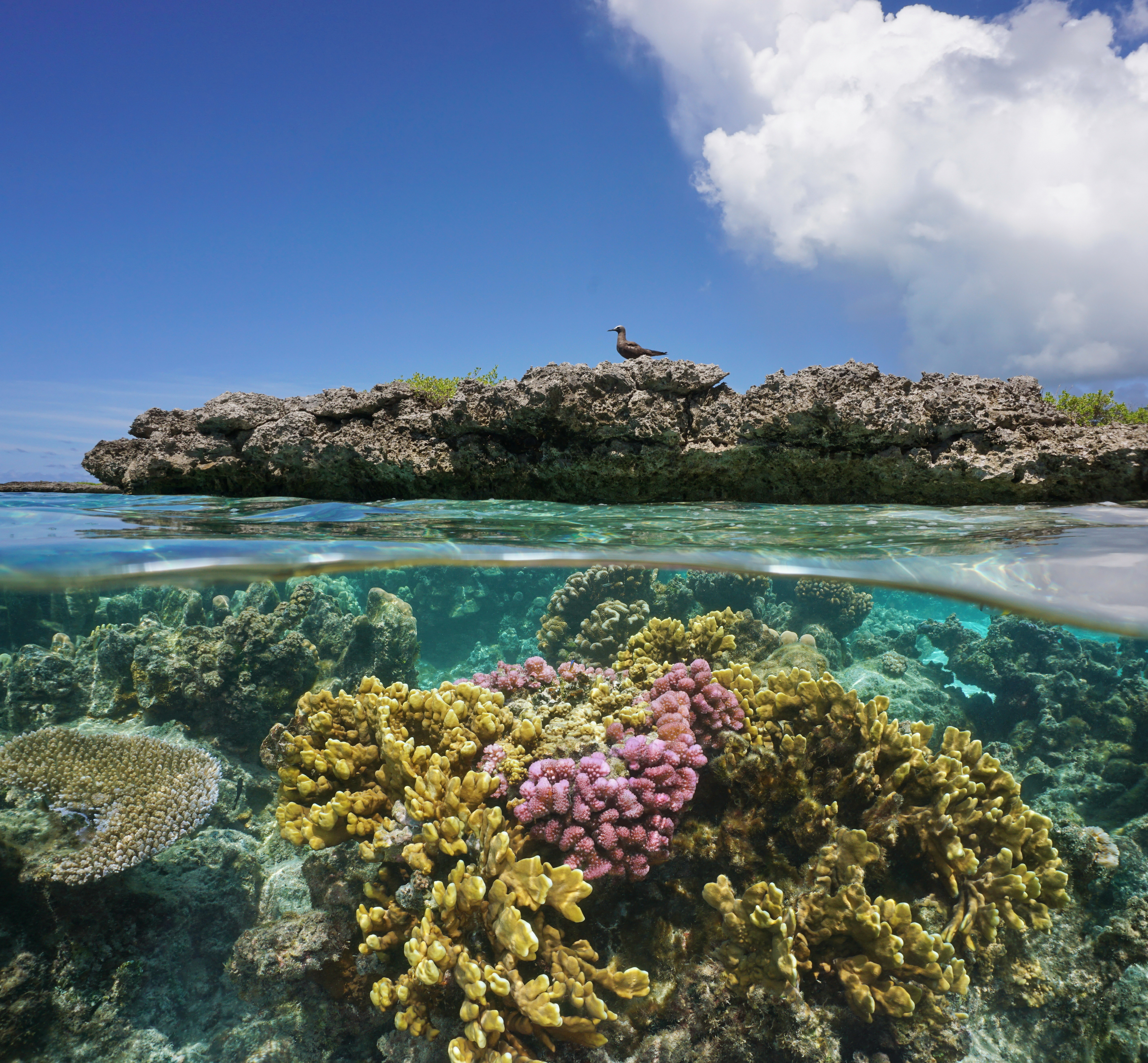
Our projects to restore key islets in Nukufetau Atoll forecast climate resilience and community benefits in Tuvalu!
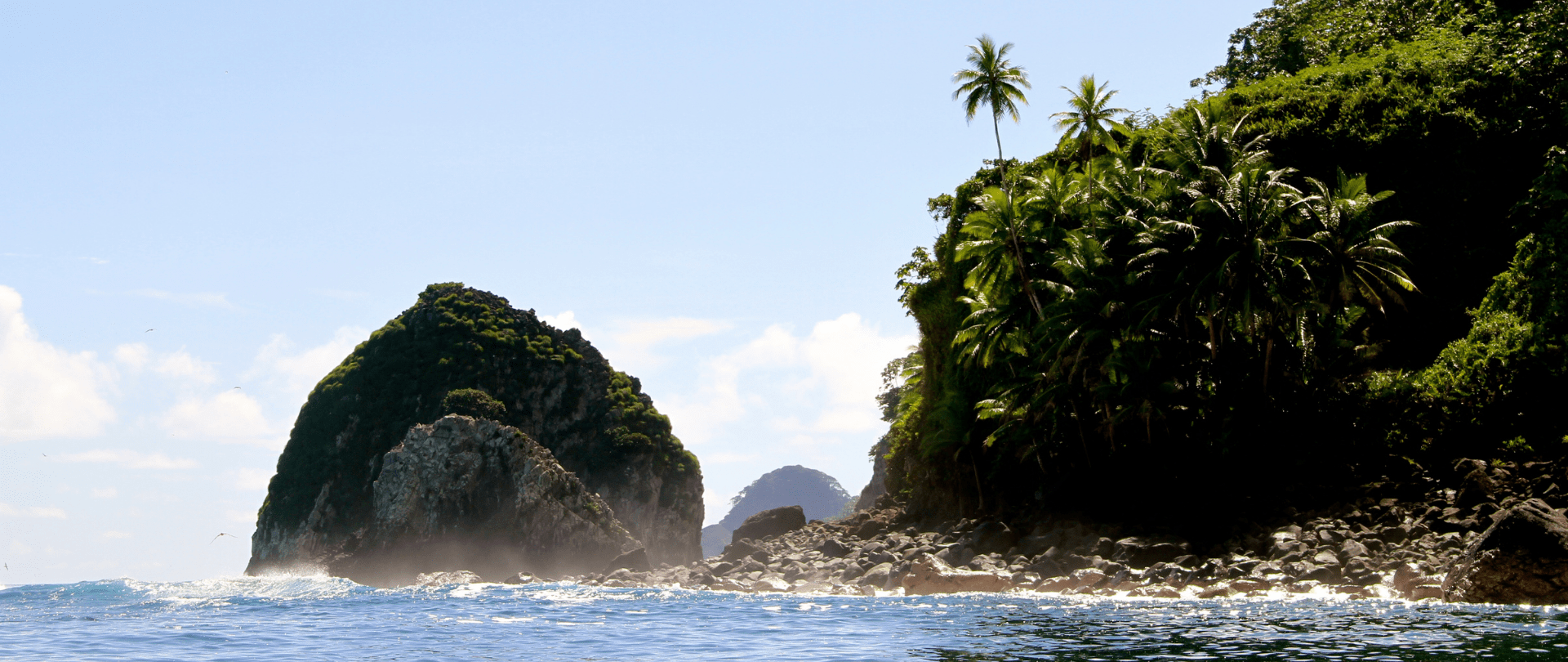
Island Conservation attended the 16th meeting of the Conference of the Parties to the Convention on Biological Diversity!
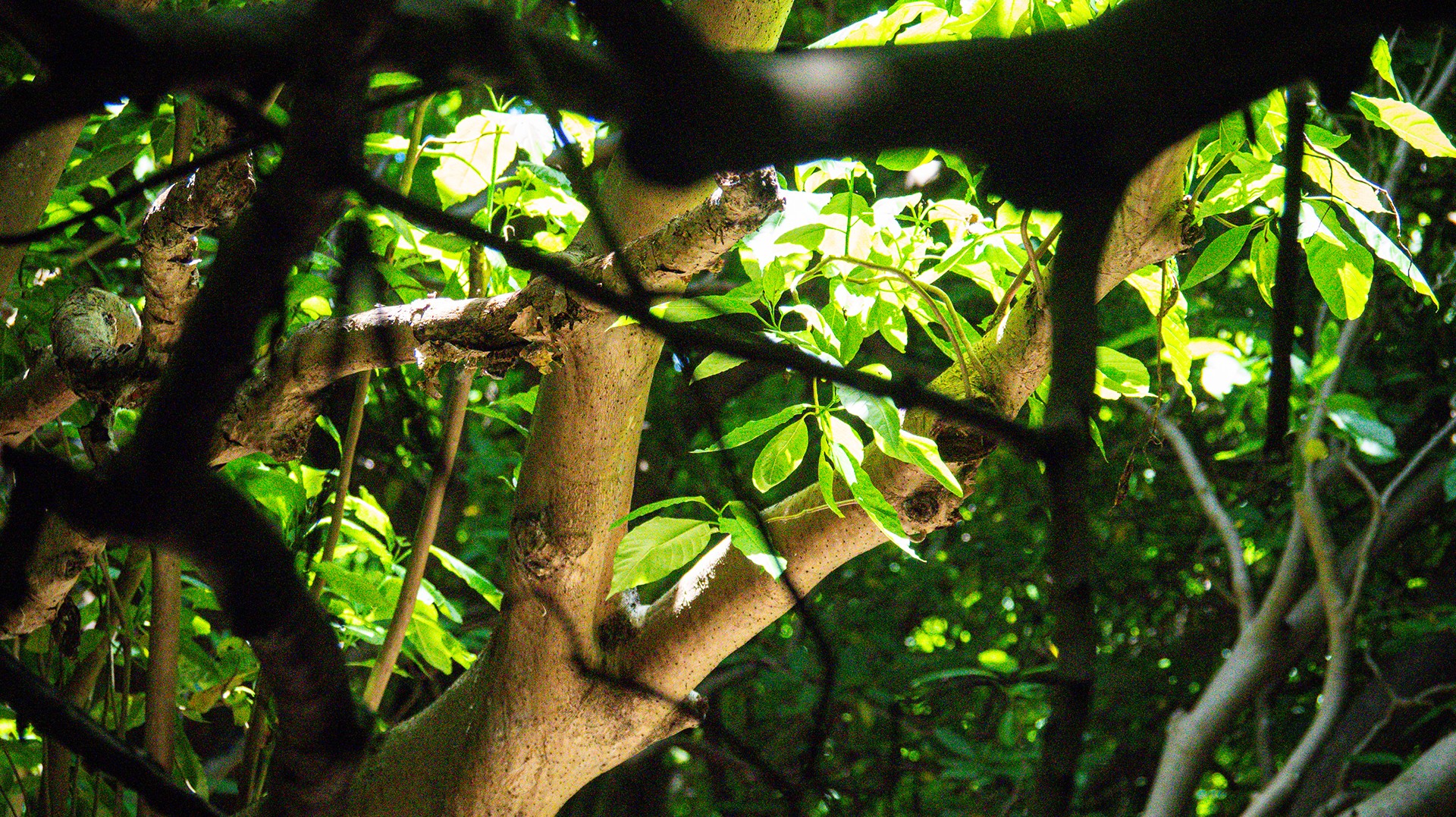
Island Conservation and partners have published a new paper quantifying ecosystem resilience on restored islands!
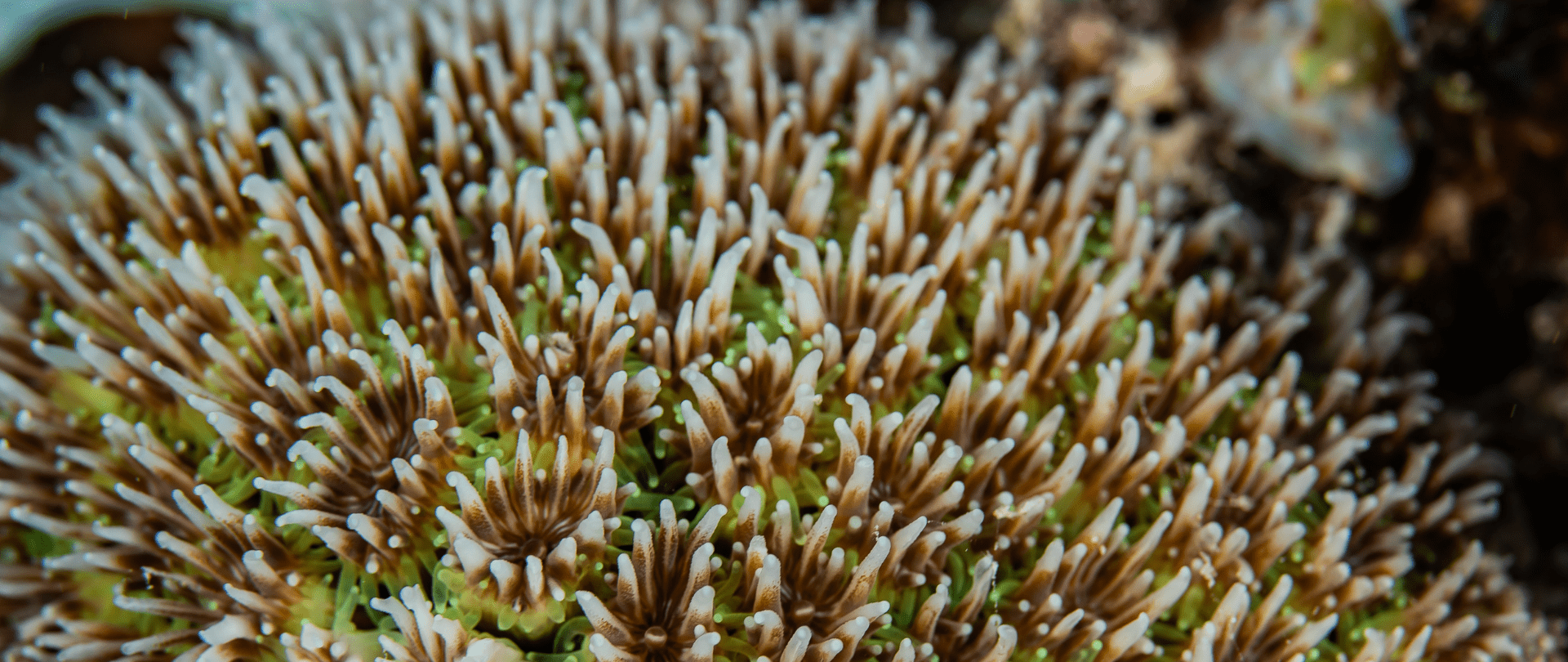
Climate Week NYC: what is it and why is it important? Read on to find out why Island Conservation is attending this amazing event!
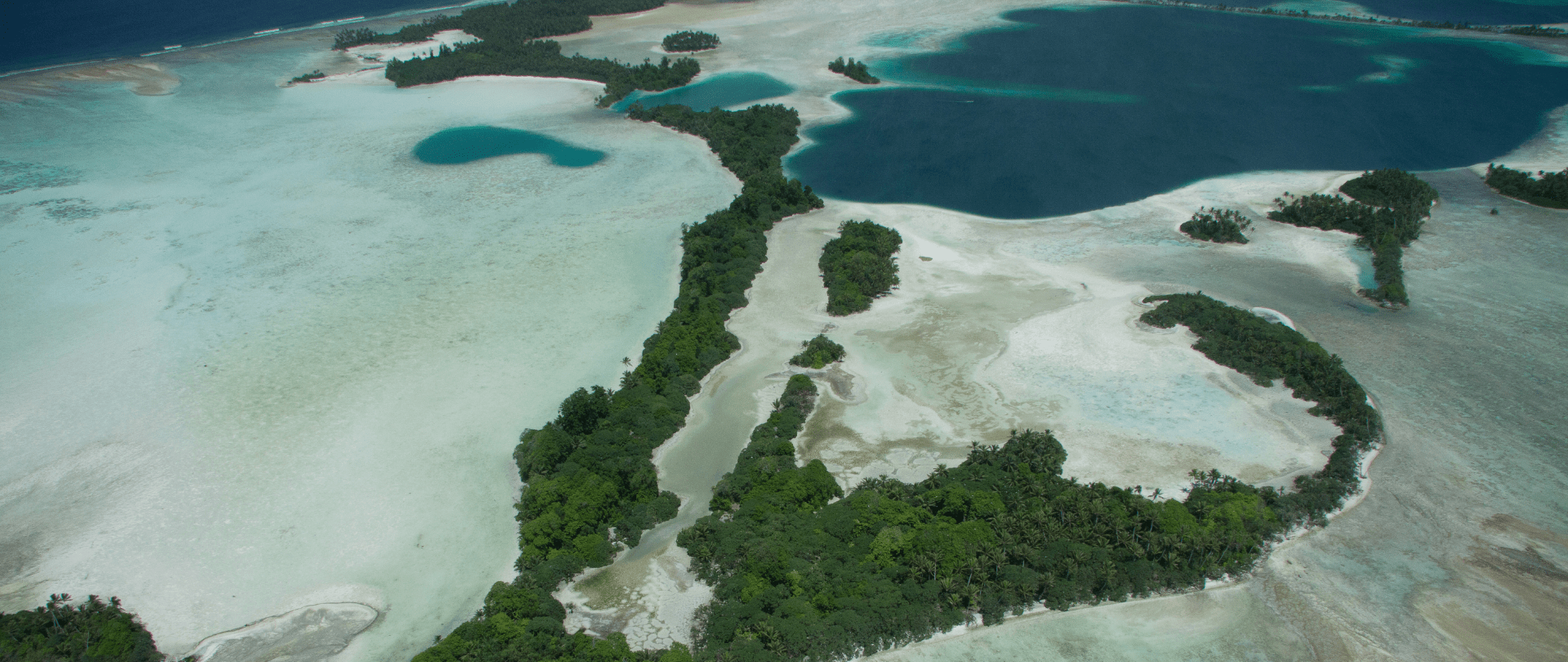
With sea levels on the rise, how are the coastlines of islands transforming? Read on to find out how dynamic islands really are!

Island Conservation's new Vice President was interviewed on ABC. Listen now to hear about amazing recovery on islands around the world!

How do nutrients move between ecosystems, and how do connector species help make nitrogen available to plants and animals? Read to find out!
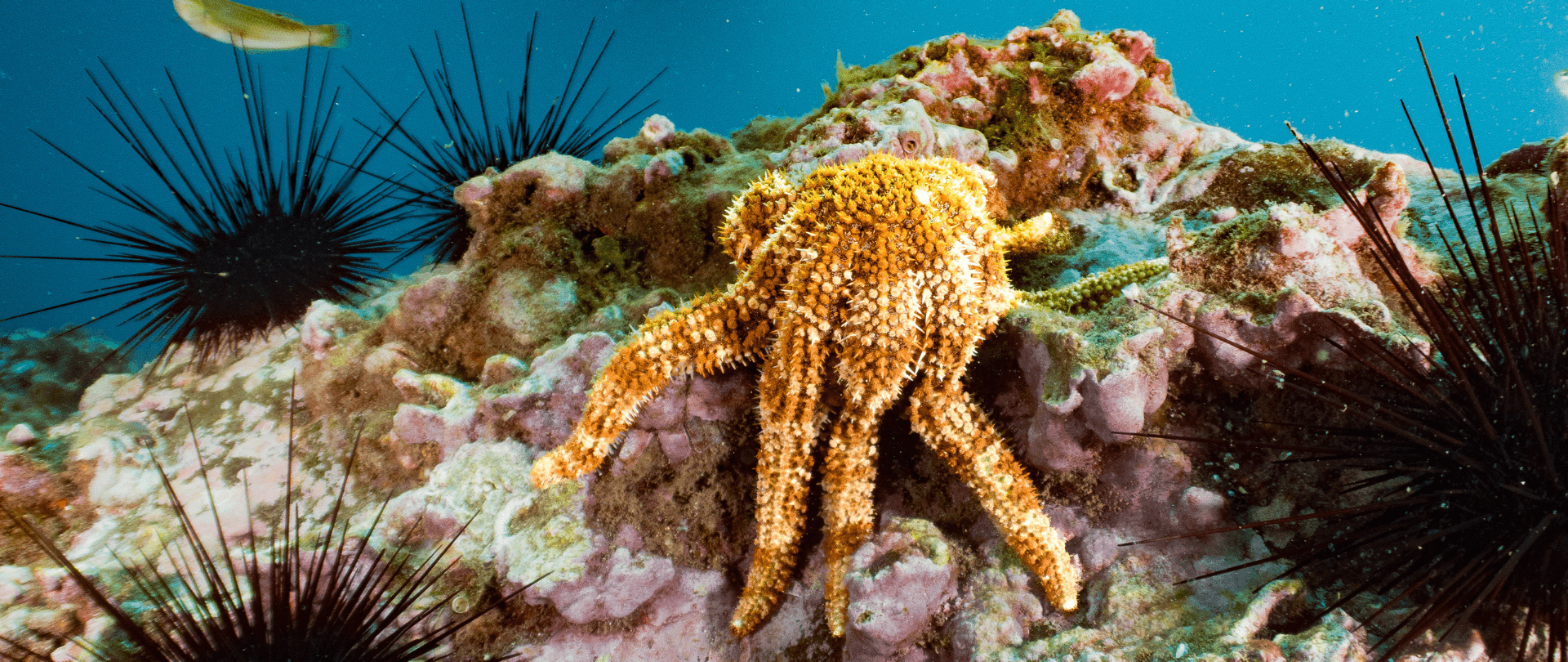
New research shows the vital link between island restoration, healthy seabird populations, and resilient, thriving coral reefs!

Part 2 of filmmaker Cece King's reflection on her time on Juan Fernandez Island in Chile, learning about conservation and community!
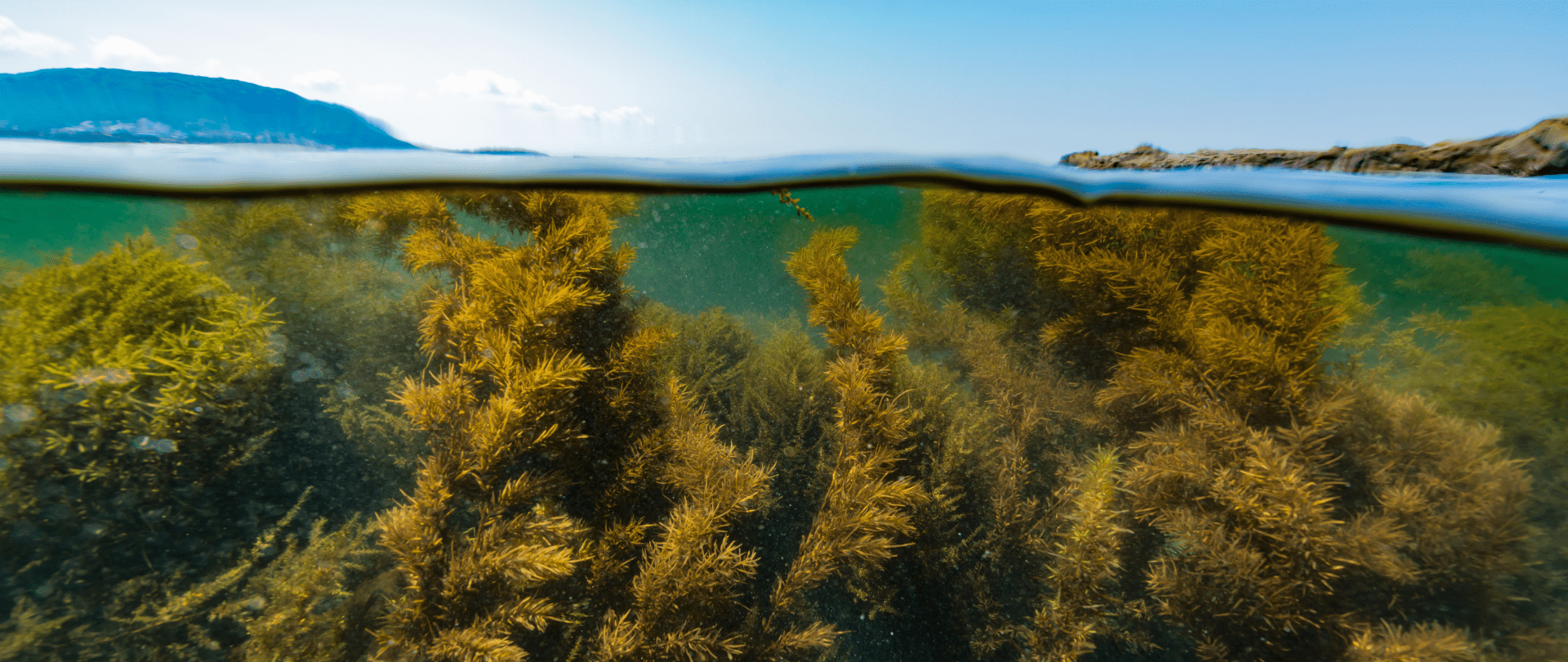
What is holistic restoration? Read all about this incredible method to restore ecosystems for people and nature!